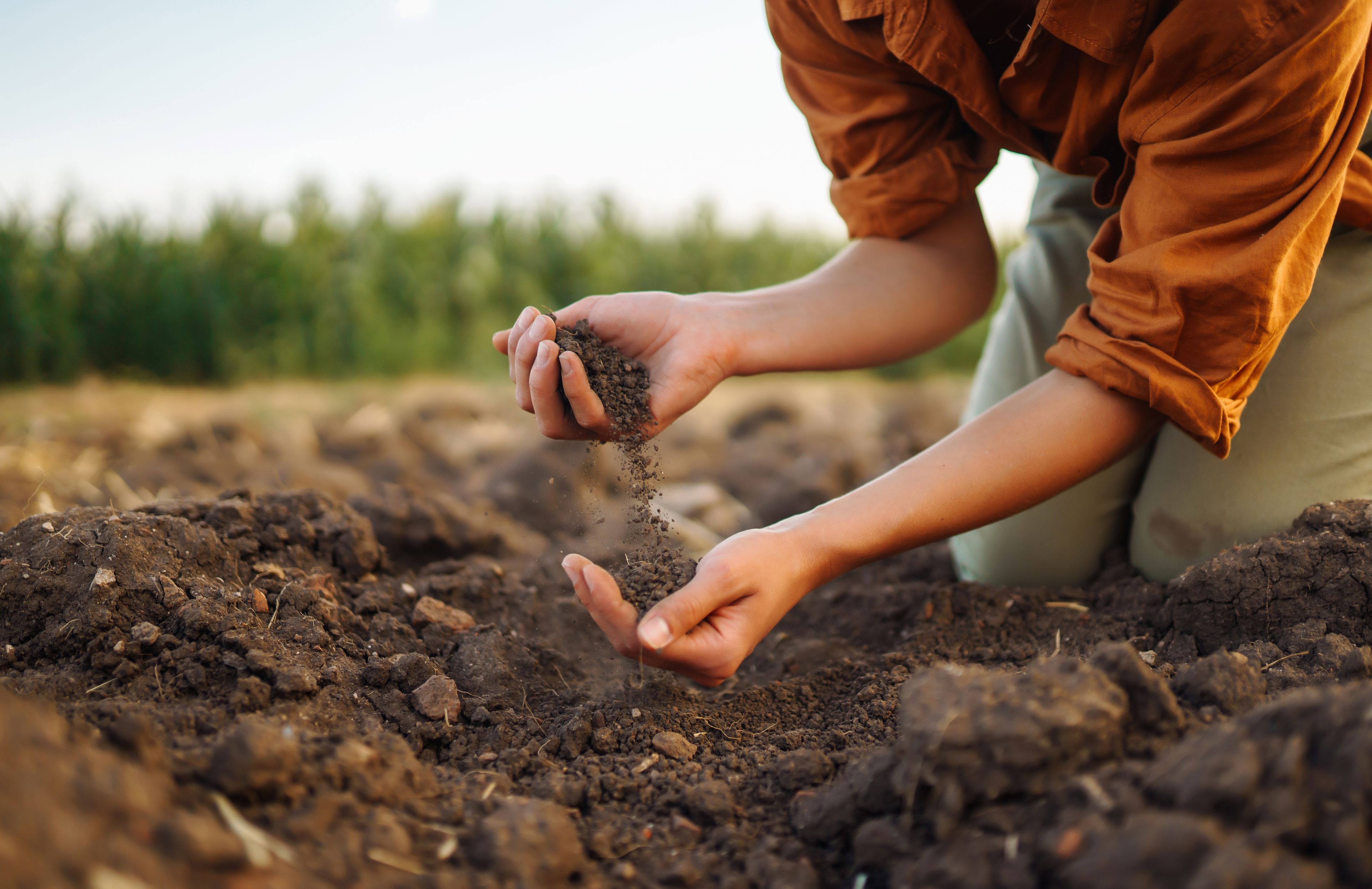
About GLOBALG.A.P.
Impact areas and claims
The GLOBALG.A.P. mission aims to foster the global adoption of more responsible farming practices in agriculture, floriculture, and aquaculture. To support this mission, we set standards for production processes at farm level that are developed in collaboration with stakeholders from across the supply chain. This page provides transparency on how we define responsible farming and the key impact areas of our activities and standards.
How we understand responsible farming
We believe responsible farming means practices that support the production of food and other farmed products in a manner that balances the needs of the present with the ability to meet future demands.
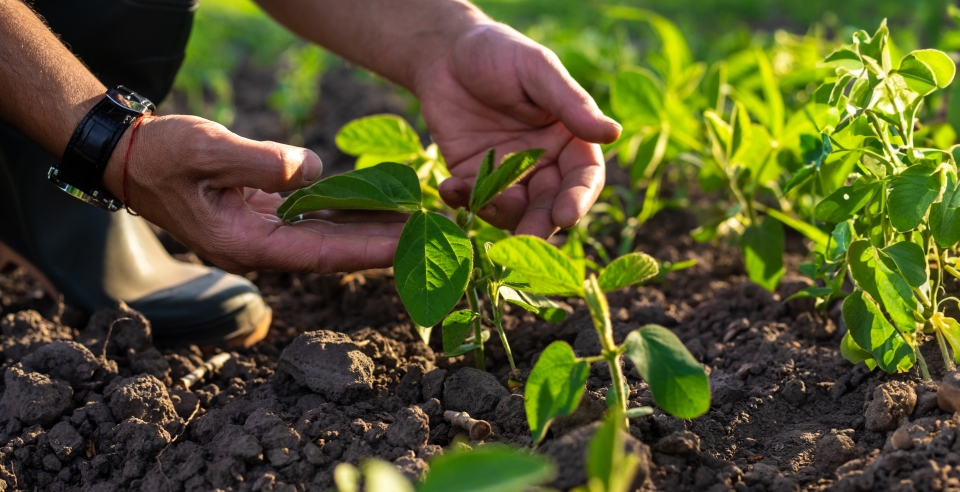
What are the key pillars of responsible farming practices?
Meeting the global demand for food and other farmed products while managing the negative impact on the ecosystems and communities in which farms operate relies on a careful balance.
To achieve this balance, we believe a responsible production process must be based on the following key pillars: food safety, environment, animal health and welfare, workers’ health, safety, and welfare, supply chain traceability, and capacity building.
These are the six impact areas that we aim to address at farm level.
Our role in supporting responsible farming
GLOBALG.A.P. solutions support businesses to implement and gain recognition for responsible farming practices. The majority of GLOBALG.A.P. standards are implemented at farm level, meaning it is the production processes which are audited and certified, not the final product which reaches the end consumer.
Some GLOBALG.A.P. standards cover packing and segregation processes across the supply chain, but again these standards do not certify product quality.
Our impact areas
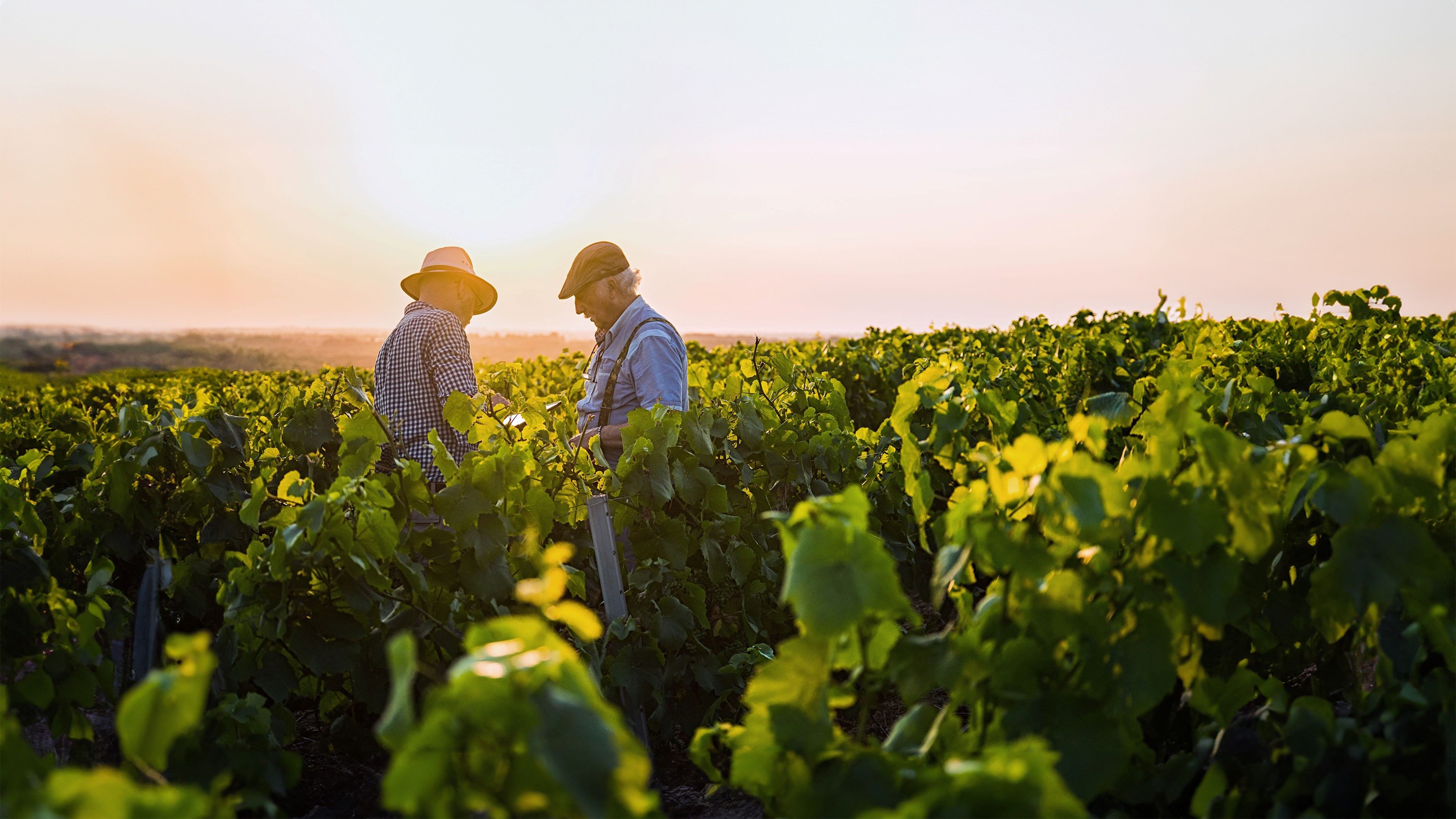
Food safety
Food safety begins on the farm, and protecting the right of current and future generations to safe food has been a guiding principle of our work for over 20 years.
Learn more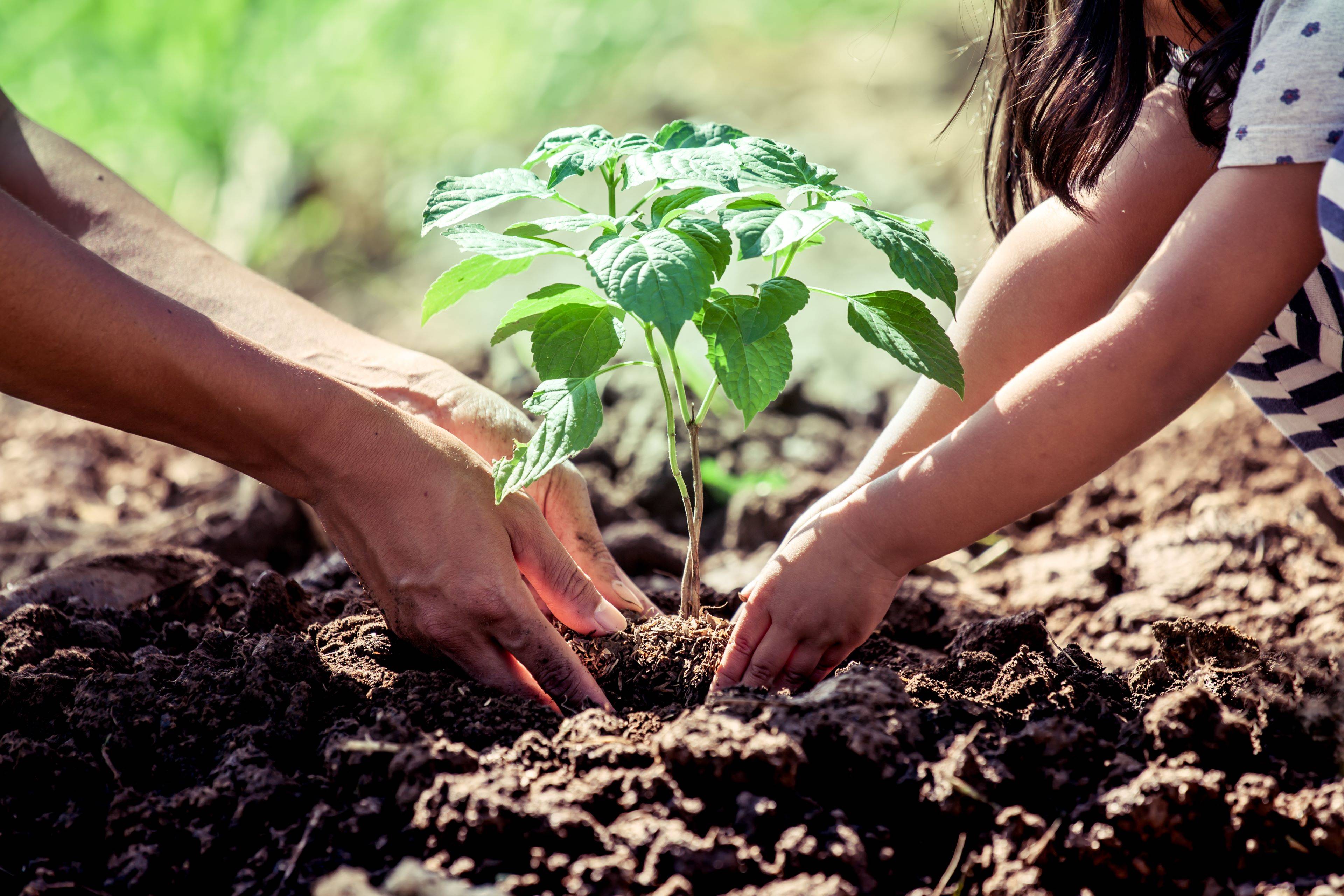
Environment
Supporting environmentally responsible and resilient production practices is essential to the protection of global ecosystems and the long-term viability of farms.
Learn more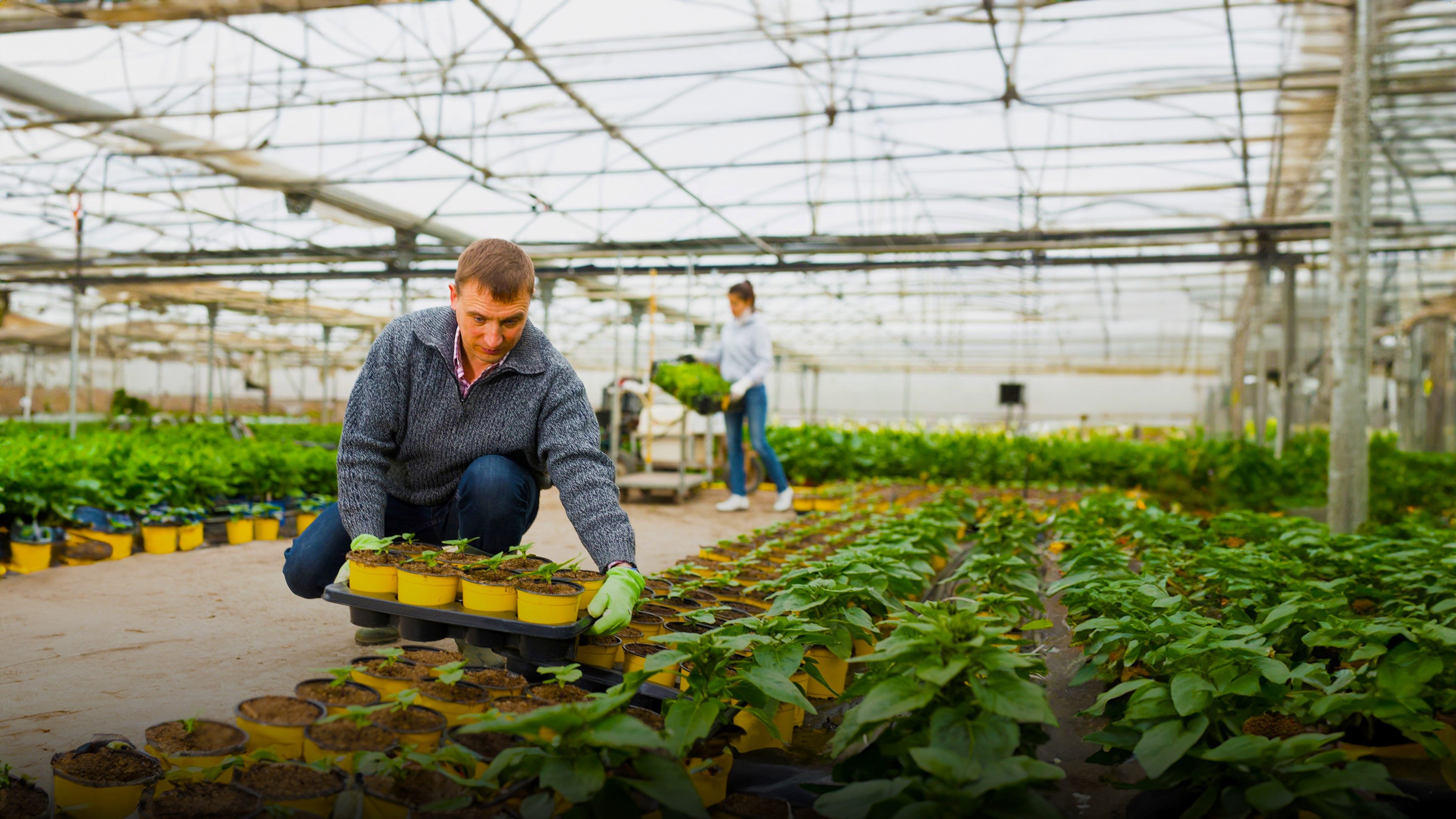
Workers’ health, safety, and welfare
Responsible farming is about people as well as products, and socially responsible supply chains are built on the health, safety, and welfare of farm workers and their communities.
Learn more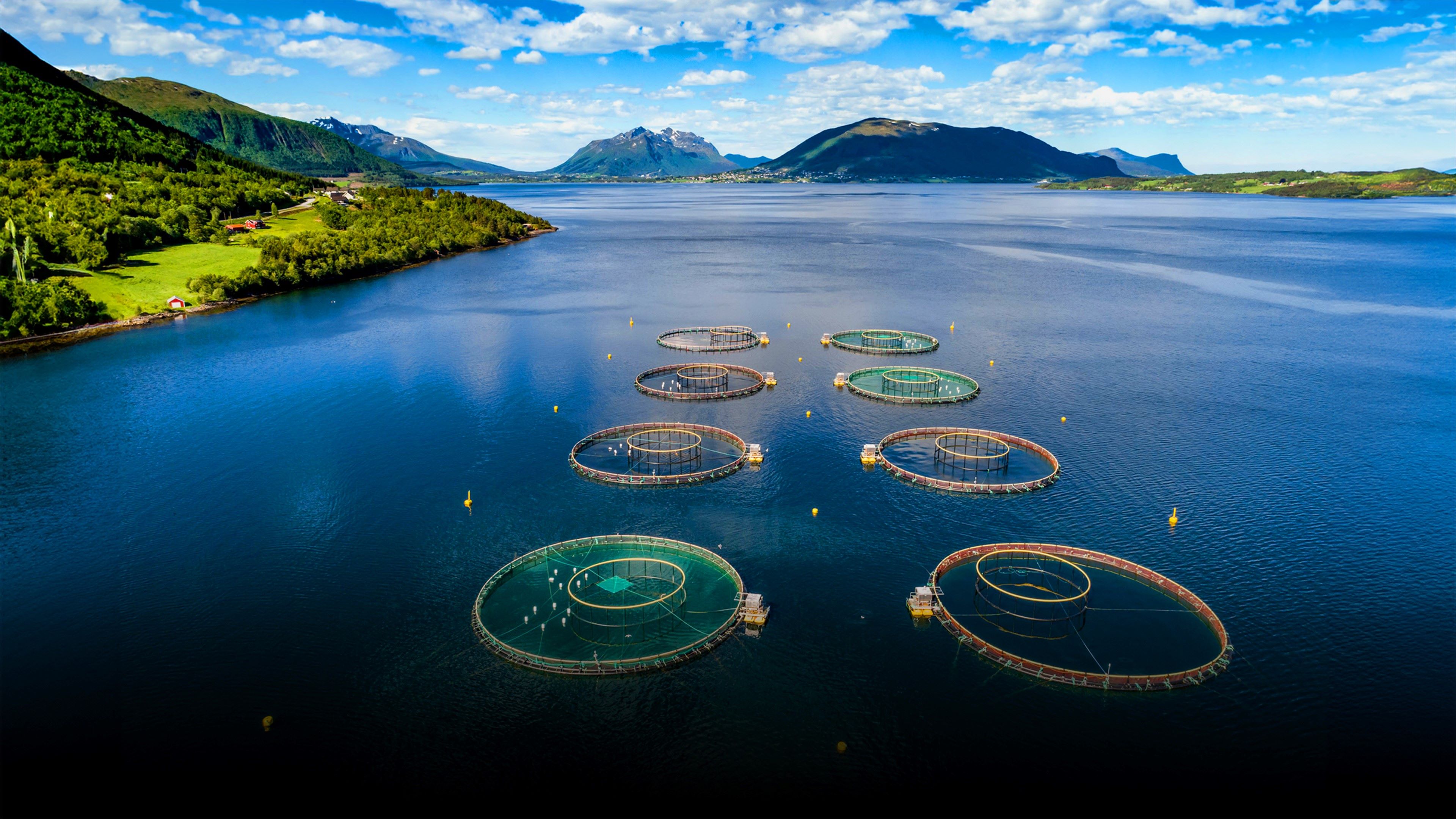
Animal health and welfare
Addressing the world’s fastest-growing food sector, our aquaculture solutions aim to safeguard the health and welfare of aquatic species at every stage of the production chain.
Learn more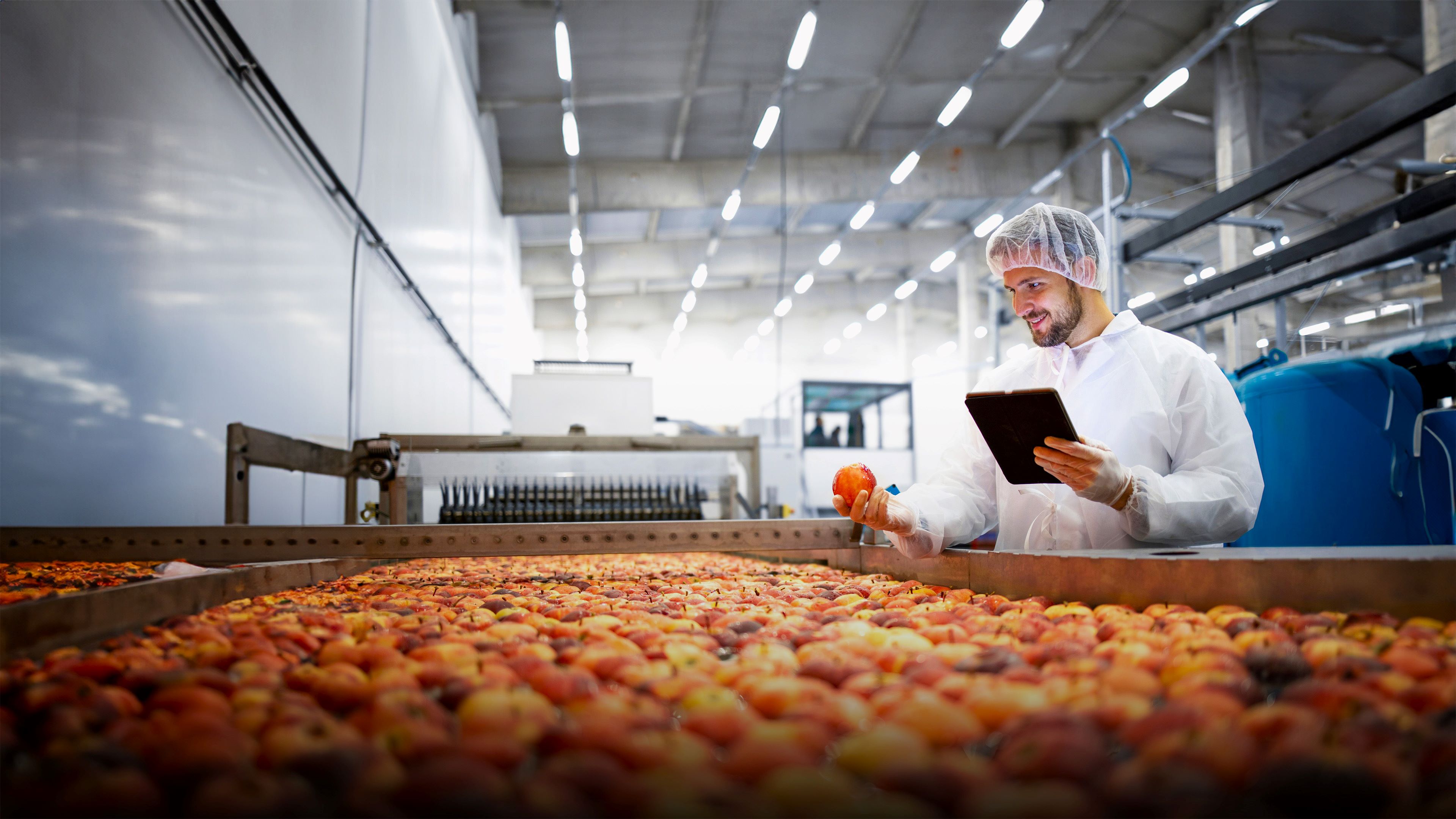
Supply chain traceability
Effective segregation, handling, and traceability requirements are key to protecting the integrity of a product throughout its lifecycle in the supply chain.
Learn more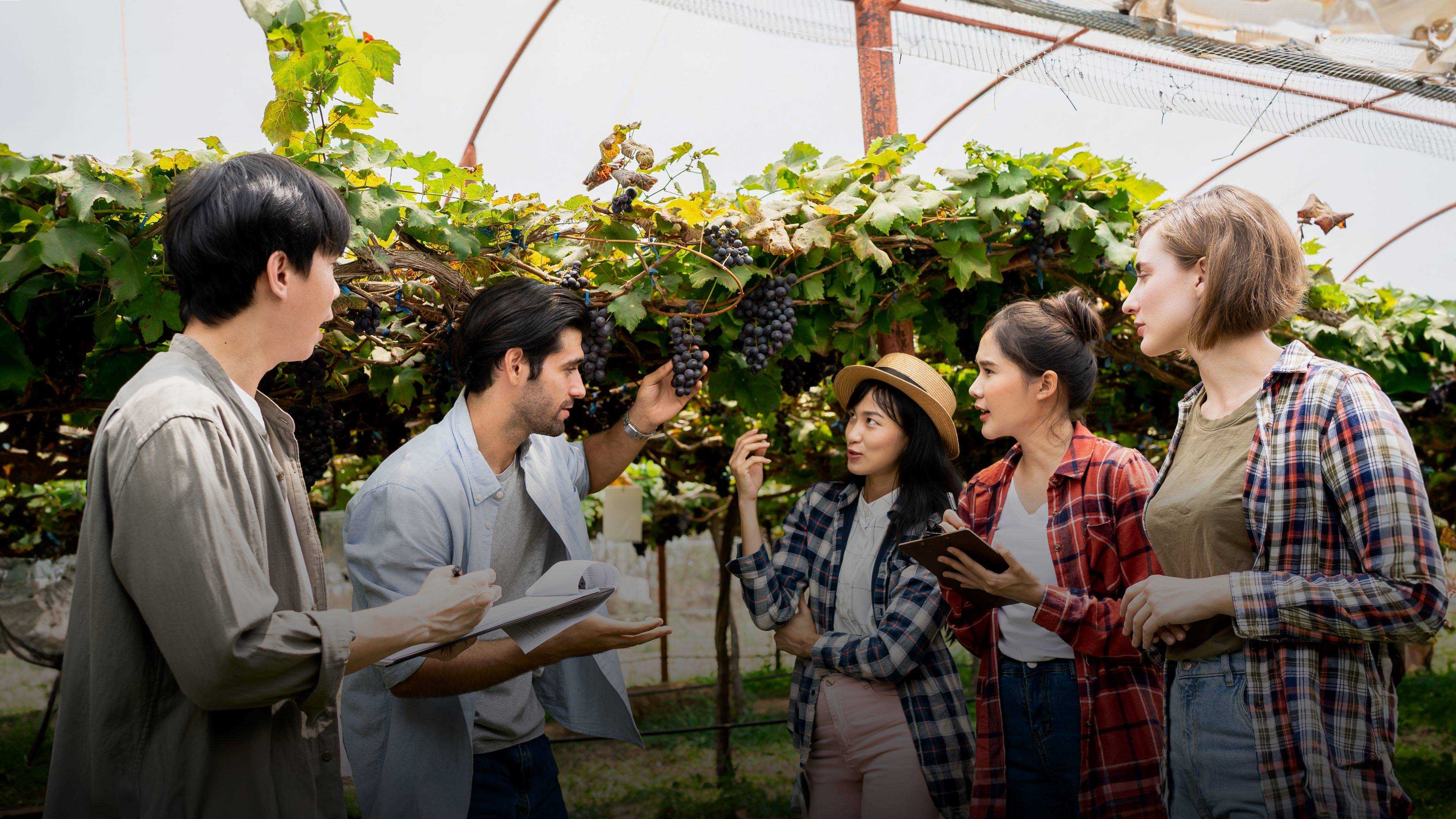
Capacity building
Providing producers around the world with the training and support they need to adopt more responsible farming practices can accelerate progress towards our vision.
Learn moreOur GLOBALG.A.P. standards
GLOBALG.A.P. standards are designed to foster the global adoption of more responsible farming practices. Our standards and add-ons include robust yet realistic requirements for farmers that promote a global transition to responsible farming practices in agriculture, floriculture, and aquaculture. We acknowledge that responsible farming is a journey, and our flexible portfolio is aimed at mainstreaming sustainability action through smart, accessible, and forward-thinking solutions. This allows producers to demonstrate their responsible production processes in the here and now, while also considering future needs through the harnessing of metrics and farm data, as well as farm-level continuous improvement plans.
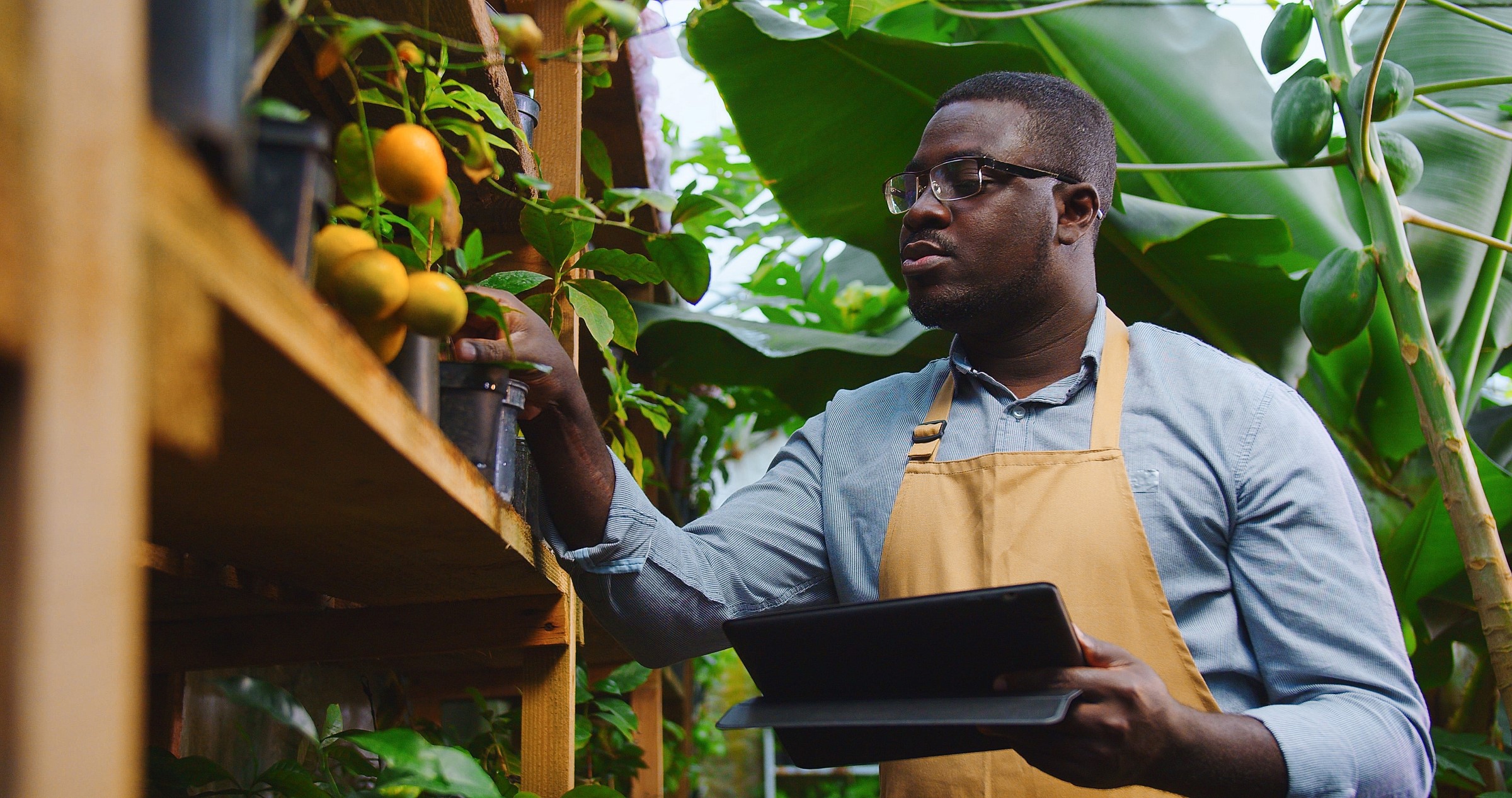
Compliance levels in GLOBALG.A.P. standards
Each standard/add-on has a list of fundamentals that set the foundation of a GLOBALG.A.P. requirement – known as the principles – and a list of corresponding methods that producers can use to demonstrate a principle to be true – known as criteria.
Standard criteria are usually graded in three levels of importance: Major Must, Minor Must, and Recommendation.
To pass an audit, producers must comply with the specified percentage of Major/Minor Musts. For example, in the Integrated Farm Assurance (IFA) standard for fruit and vegetable production, producers must comply with 100% of the Major Musts and at least 95% of the Minor Musts.
To view the criteria levels, please view the principles and criteria document for the relevant standard.
All GLOBALG.A.P. principle and criteria documents are available free of charge in the document center.
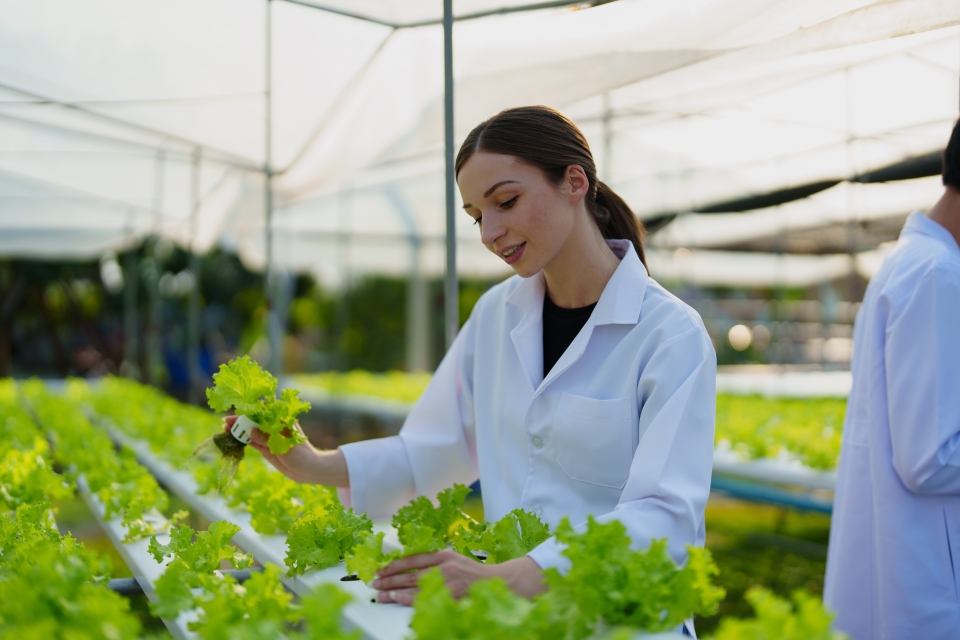
Integrity in the certification system
GLOBALG.A.P. standards, if correctly implemented, are designed to foster the global adoption of more responsible farming practices.
Audits are conducted to determine whether standard criteria are adequately met. This usually includes document reviews, interviews, and on-site observation. If the criteria are met, the producer or producer group receives a certificate.
As a scheme owner, GLOBALG.A.P. c/o FoodPLUS GmbH does not conduct audits itself, but rather relies on qualified, experienced auditors from accredited and independent third-party certification bodies (CBs).
In turn, CB performance is regularly monitored by the GLOBALG.A.P. Integrity Program, which regularly assesses all CB head offices as well as a sample of the producers they have audited.
For more information, see the GLOBALG.A.P. 2024 Integrity Report.
Examples
The examples below detail some of the various aspects of farm-level production processes that we seek to address in our standards. For more information, please visit the impact area detail pages or download the standard documents in the GLOBALG.A.P. document center.
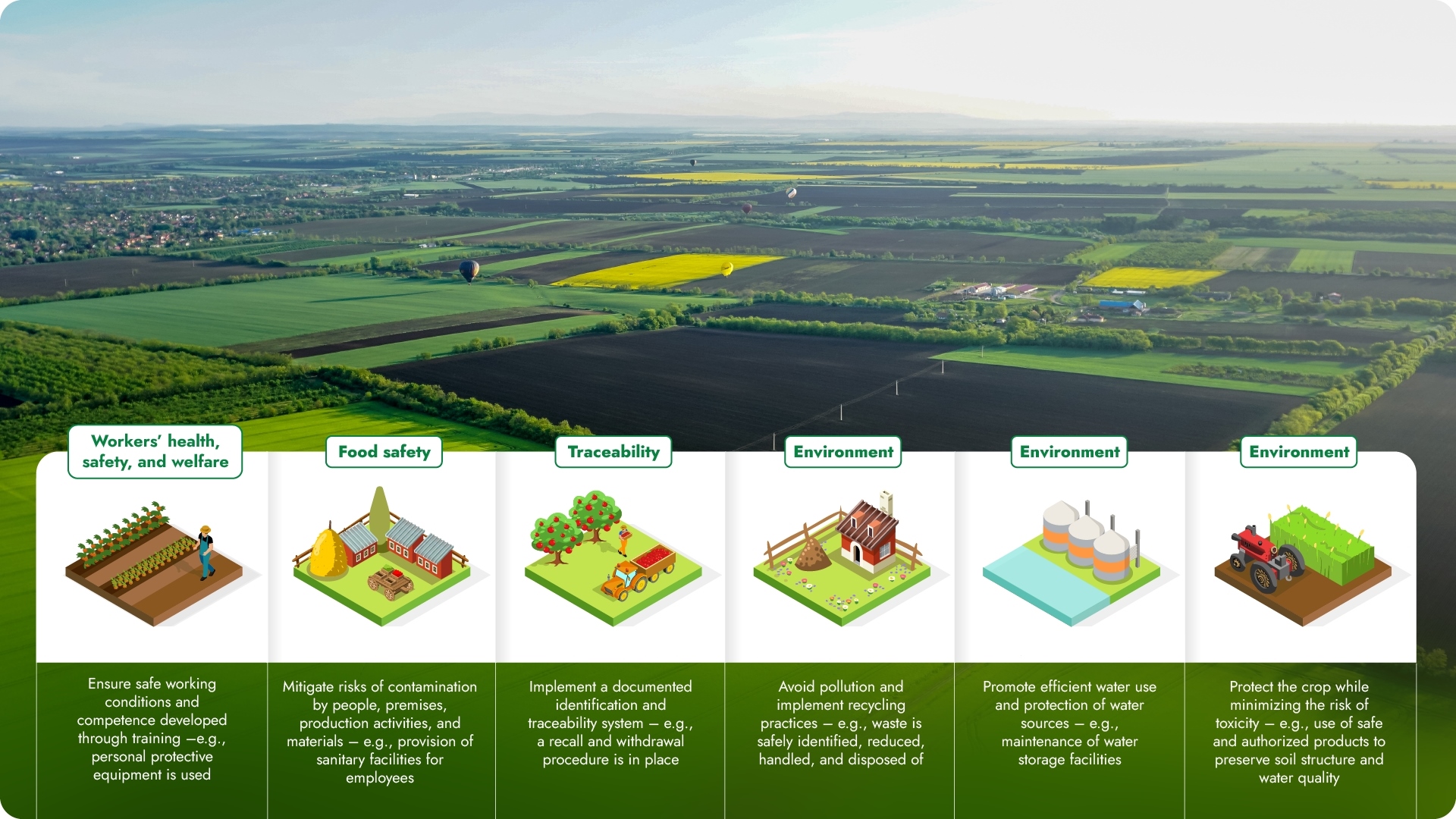
Agriculture
In agriculture, food safety, environmental, and worker’s rights topics are at the forefront. For example, for a tomato producer in Mexico to achieve GLOBALG.A.P. Integrated Farm Assurance (IFA) certification, they must mitigate risks of contamination during production activities, implement a documented identification and traceability system, minimize the risk of toxicity to the surrounding ecosystem, and promote the efficient use of resources such as water and energy. The producer must also ensure that all persons working on the farm have received appropriate training and have access to sanitary facilities.
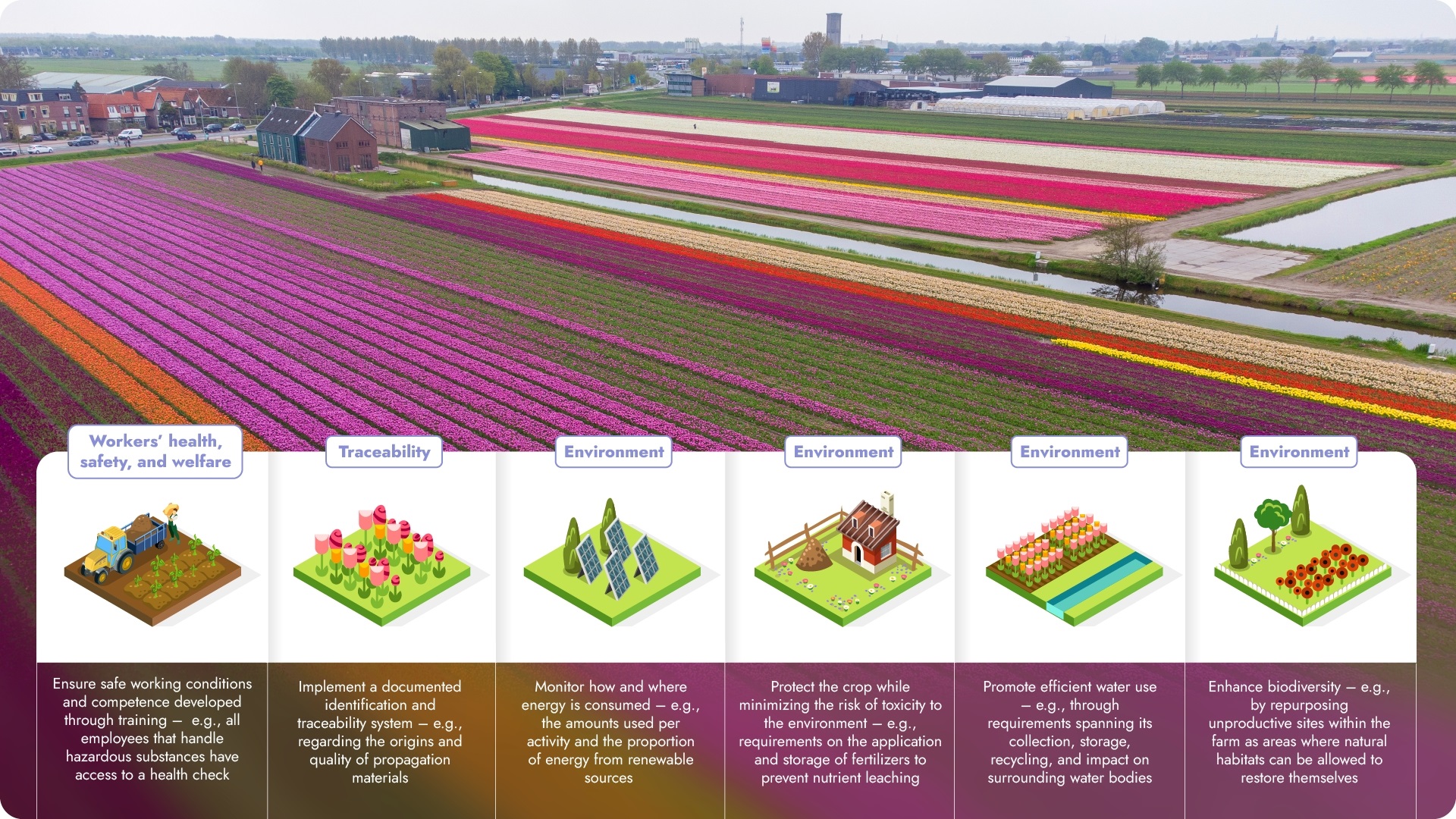
Floriculture
In flower and ornamental plants production, environmental and workers’ rights topics are critical throughout all stages of production, from nursery (propagation) through preharvest activities to basic postharvest handling.
For example, for a rose producer in Kenya to achieve GLOBALG.A.P. Integrated Farm Assurance (IFA) certification, they must regulate the use of plant protection products and fertilizers, ensure persons working on the farm have safe conditions and access to a health check when handling hazardous substances, and monitor water use including its collection, storage, and recycling. The producer must also take steps to enhance biodiversity by repurposing unproductive sites within the farm.
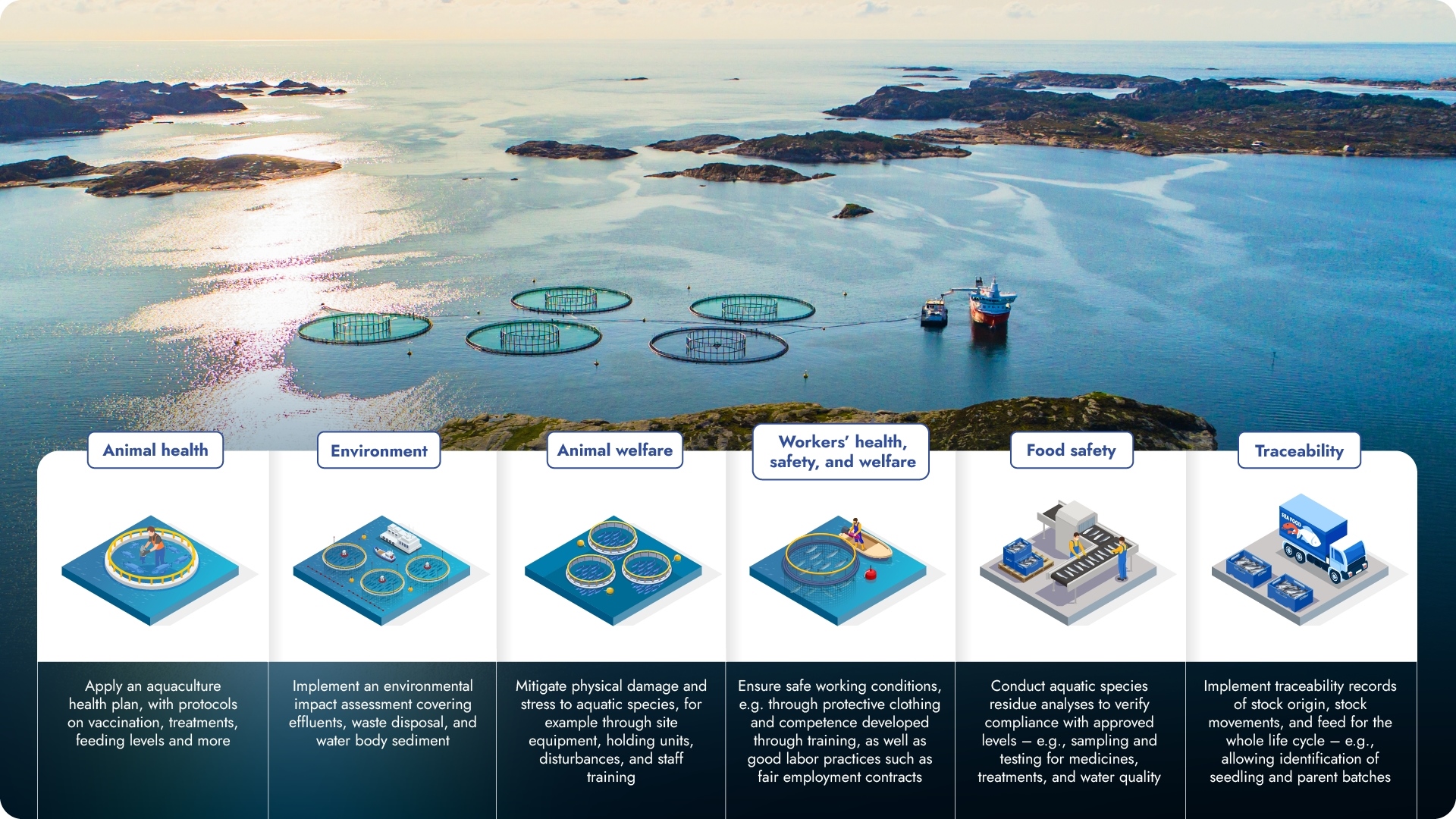
Aquaculture
In aquaculture, producers must demonstrate compliance with requirements spanning site management (e.g., hygiene), worker’s health, safety, and welfare (e.g., risk assessment and training), environmental and biodiversity management (e.g., waste, water, escapes and predator exclusion), food safety (e.g., recall and withdrawal), and animal health and welfare (e.g., biosecurity).
For example, for a salmon producer in Scotland to achieve GLOBALG.A.P. Integrated Farm Assurance (IFA) certification, they must protect animal health through feed, health plans, and holding facilities, safeguard animal welfare through site management and predator exclusion, mitigate biosecurity risks, and implement a traceability system back to stock origin. The producer must also ensure that all persons working on the farm have received appropriate training on animal welfare, handling, and specialized operations such as diving.